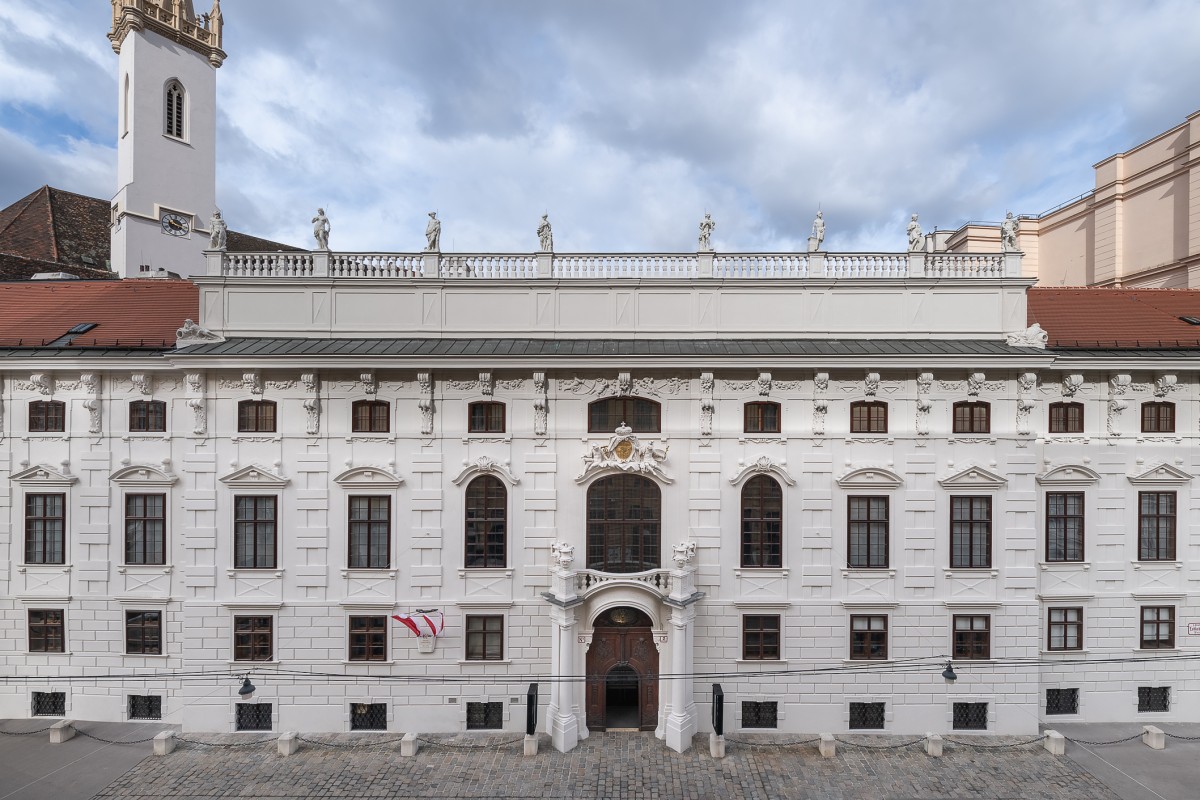Sponsored Content
Palais Lobkowitz: An Architectural Jewel in the Heart of Vienna Invites you to Discover it
Just a few steps from the Hofburg Palace sits one of Vienna's oldest and most impressive Baroque palaces: the Palais Lobkowitz. Built between 1689 and 1694, the magnificent building has housed the Theater Museum since 1991 and has attracted art and culture enthusiasts worldwide.
 Palais Lobkowitz, one of the oldest and most important baroque palaces in Vienna, opens its doors to visitors to take them on a fascinating journey through the history of the Austrian capital. / Picture: © KHM-Museumsverband
Palais Lobkowitz, one of the oldest and most important baroque palaces in Vienna, opens its doors to visitors to take them on a fascinating journey through the history of the Austrian capital. / Picture: © KHM-Museumsverband

A total of ten stations lead guests on a fascinating tour through the elegant palace. During the tour, visitors learn interesting facts about the architecture and the eventful history of the building as well as about its former residents. Particular emphasis is placed on the music-loving Lobkowitz family, who acquired the palace in 1745. Another focus of the tour is the close connection…
or Log In
Fast News Search





